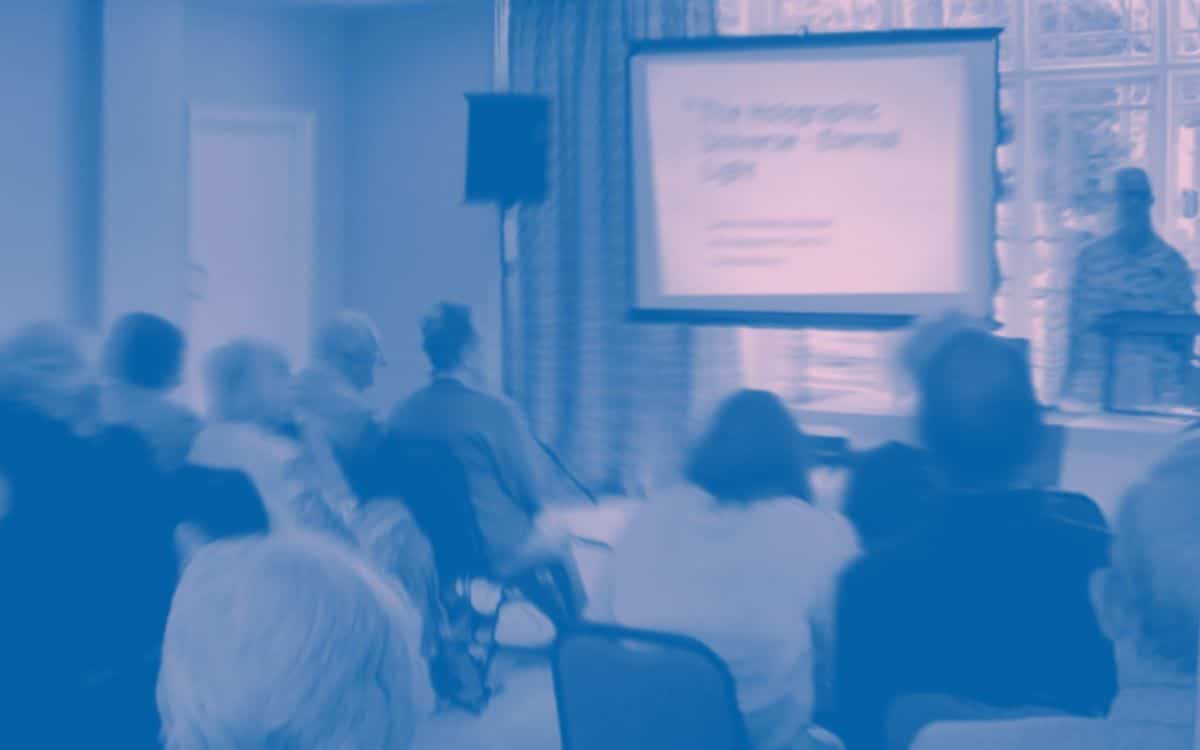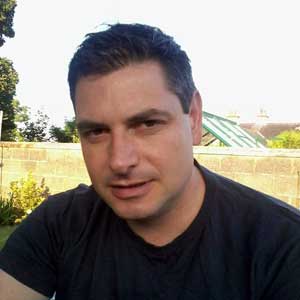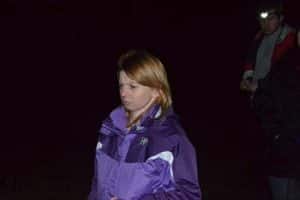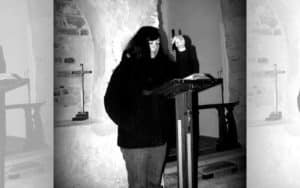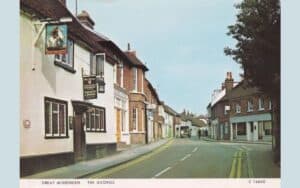MATT ARNOLD explains how The Churches Fellowship for Psychical and Spiritual Studies was set up to challenge mainstream church teachings on the paranormal
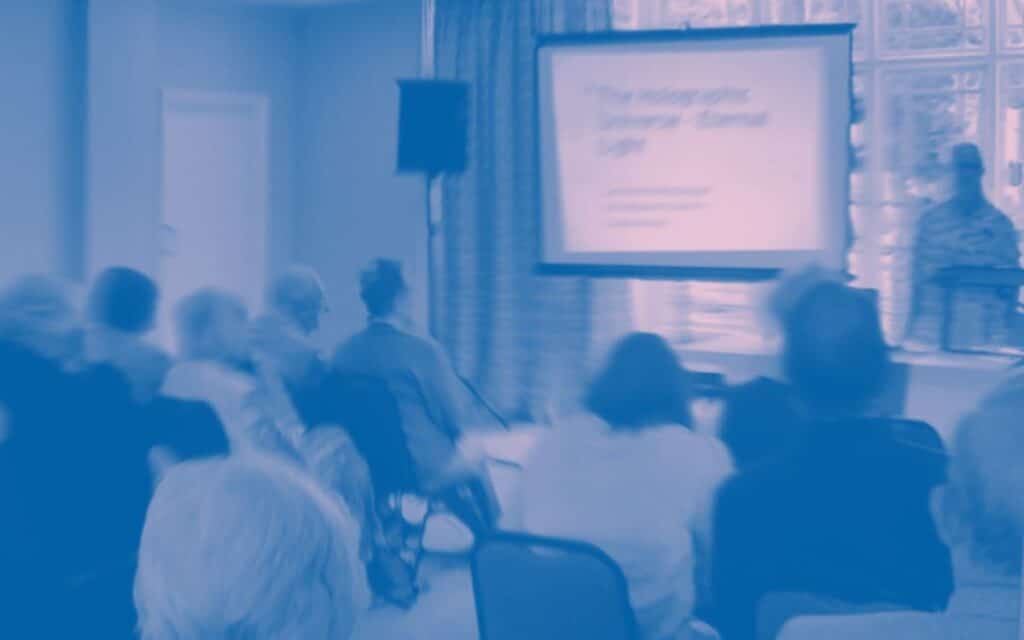
‘To Faith Add Knowledge’
The Churches Fellowship for Psychical and Spiritual Studies (CFPSS) was initially formed on 10th November 1953, under the title The Churches Fellowship for Psychic Investigation.
Persons in attendance at that meeting were Rev Maurice Elliott, Lt. Col. Reginald Lester, Rev Charles Harrington, Rev Canon John Pearce-Higgins, Rev Canon W. S. Pakenham-Walsh and Rev F. S. Simpson.
It was decided to approach people in positions of authority within the Church for support of the Fellowship, and that invitations were to be sent to members of orthodox Free Churches.
At the next meeting, the group name was changed to The Churches Fellowship for Psychical Studies, which it kept for the following 10 years.
Aims of Objectives of The Churches Fellowship for Psychical and Spiritual Studies
The aims and objectives of the Fellowship were laid down in February 1954, which began by stating that the group was “formed to encourage the study, within the Churches, of the known facts of Psychic Science” and that “the ‘seers’ and ‘sensitives’ are with us to-day and that their gifts should be dedicated to God and Mankind”.
The original purpose of the group was to study things which the teachings of the Reformation had left a void with regards to the location and state of the spirit or soul of the departed.
The lack of a deep theology of the departed within the Anglican and Protestant churches after WW1 and WW2 failed to bring comfort to a good number of people who were seeking answers regarding their loved ones lost on the battlefields.
In 1954, several research groups were set up to study various psychic phenomena, with group members having scientific, medical or theological qualifications to be part of the various groups. Subjects such as radionics therapy, the effect of prayer on plant growth, UFOs, Kirlian and other psychic photography, psi in the US and USSR defence research, ESP, telepathy, mediumship and healing.
Members of these various groups included Frances Banks, Robert Crookall, Dr Raynor Johnson and John Pearce-Higgins, all of whom would contribute to various studies, which were written up in the Quarterly Review, a Fellowship publication available to members of the Fellowship.
This periodical is now called The Fellowship review and focuses more on the experiences of members and various spiritual topics pertinent to Christians. All research was performed to begin to understand the spiritual implications of the research findings.
In March 1963, the Fellowship added to its title, giving us what we have today: The Churches Fellowship for Psychical and Spiritual Studies. This brought formal recognition to the work of healing, mysticism and other recognised gifts of the Holy Spirit within the churches.
In 1975, the Church of Scotland (amongst other bodies) attempted to provide some understanding of parapsychological research through its General Assembly Working Party on Parapsychology (whose chair was Rev. Max Magee, a CFPSS (Scotland) member).
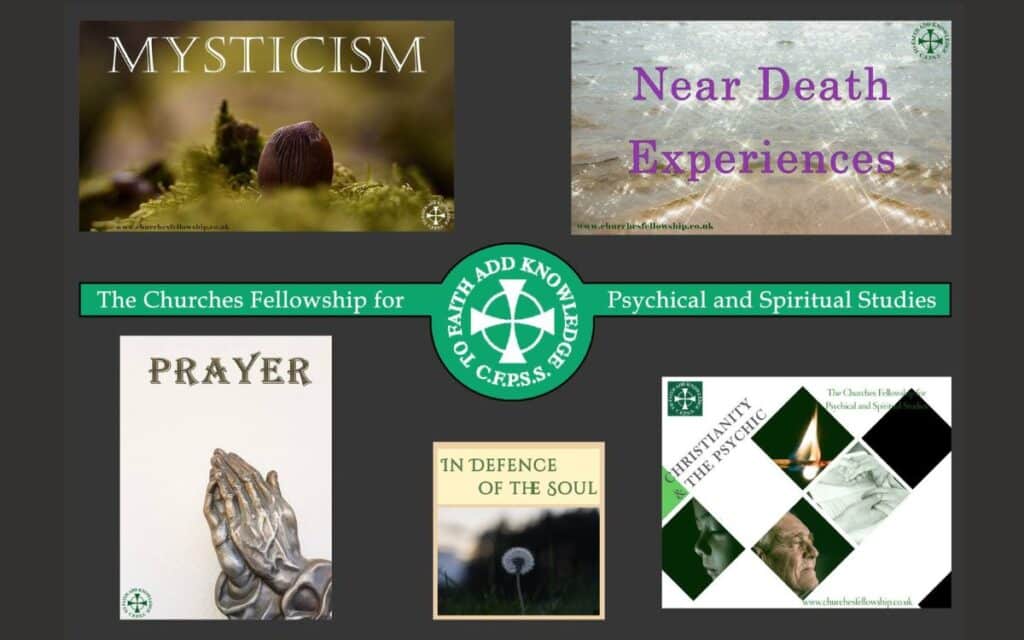
As much work had been done by the CFPSS in psychical research and theological approaches to the understanding of it, the group affirmed its acceptance of a Christian approach to parapsychology, and in 1975, The Christian Parapsychologist Journal was established, under the editorship of Leslie Price, supported by Margaret Brice-Smith (who had experienced psychical phenomena regarding her departed brother in WW1, and who had been told by her clergyman father that such experiences were of the devil). Initially set up without CFPSS oversight, the journal was soon to become an official publication of the CFPSS.
Phenomena explored within the pages of the journal included: healing, trance in the Bible, medieval mystical phenomena, pastoral care in psychic troubles, deliverance and exorcism, angels, prophecy, Outer Body Experiences and Near Death Experiences, reincarnation, saints and many other issues such as science and religion.
The Christian Parapsychologist was responsible for bringing into publication the 1939 Church of England’s Archbishop Lang Report in full (Major and Minor reports), thanks to the work of Rev Canon Dr Michael Perry. The commitment to parapsychological research led to three international conferences on Christian Parapsychology in 1978, 1984 and 1990.
The Fellowship has been and continues to be a Christian charity dedicated to the study of psychic and spiritual phenomena, acting as a way for those gifted in these particular ways to understand how to incorporate them into their spiritual journey. Its library of over 3000 books and recordings of talks relevant to Christian theology, and psychic and spiritual experiences is quite unique within the Christian church.
Regional groups have been part of the DNA of the CFPSS, since shortly after its founding. These continue to meet to discuss and share ideas and help regarding paranormal phenomena and personal experiences. Volunteer workers help in organising and running these groups, together with the occasional larger conference.
The Fellowship continues to host annual conferences: a major one (physically, at various locations around the UK) and in the Spring (online).
The motto of the Churches Fellowship ‘To Faith Add Knowledge’ sums up its work in helping churches, Christians and those interested in Christianity understand these phenomena within Christian experience and understanding.
Current Patrons of the CFPSS include Susan Howatch, Prof Rowan Williams and Dr Rupert Sheldrake.
You can find out more about the Churches Fellowship for Psychical and Spiritual Studies at its website: http://ChurchesFellowship.co.uk

